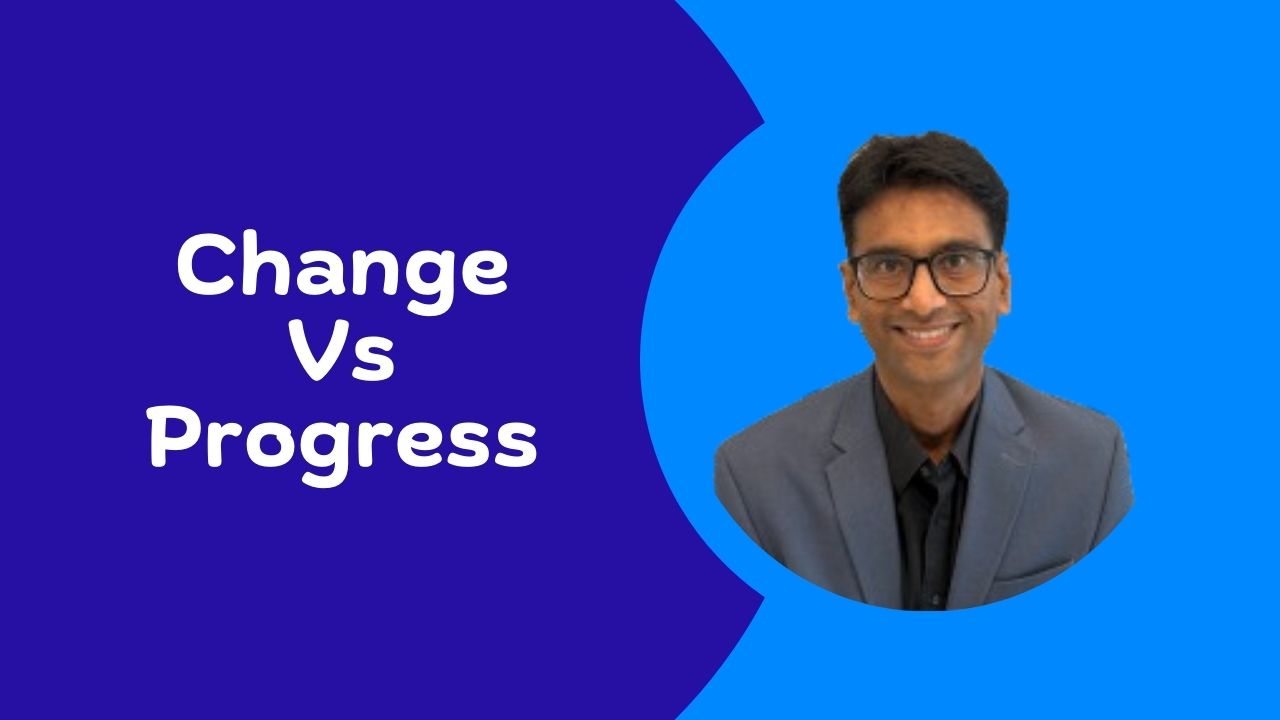Premise:
One of the things that almost everyone of us does is to optimize. We optimise our time, our money and at times even our relationships. We want maximum efficiency in almost everything that we do. In organisations, we compensate sales guys on sales made, product managers on product development, marketing folks on leads generated, manufacturing folks on operational efficiency. Everywhere we look, we can find efforts to maximise efficiency in that part. This, in general, is our attempt to gain local optima. We try to reach optimal performance in that specific domain with no regards to the effect it has on the global performance.
This is why we have sales teams ending up selling something that is easier to sell than selling one that the company strategy is betting its future on. This is why we have manufacturing teams producing more stock of an item then needed to improve their operational efficiency. This is the reason why we have well-meaning folks from Dell outsource everything to their Chinese suppliers leading to the disruption of Dell as the leader of the PC revolution.
So, it is important as entrepreneurs that we understand this dynamic that plays in our very organisations.
The story of Bijlmer:
The Bijlmermeer (or Bijlmer, for short) was built just outside of Amsterdam in the 1960s. This was supposed to be the city of the future. This was classically designed with local optimisation. There would be no chaos. Every functional area (residential, shopping, school, business, etc) was supposed to be separate. No vehicles were supposed to be running on the ground level, which meant that all vehicular movement happened on an elevated road. The ground level was supposed to be only for pedestrian and bicycle use and was supposed to be covered by trees. The houses were near identical high rise buildings laid out in a hexagonal structure. It was supposed to be connected to the main Amsterdam city by subway. If you look at the thinking behind the entire project was to optimise everything locally.
However, due to a variety of reasons (metro line did not come up on schedule, the immigrant population moved in and that drove the local white Dutch people out of these apartments) the so-called utopian city of the future, ended up abandoned and becoming a hot spot for addicts and criminals. I believe that one of the primary faults, which doesn’t really come up in the above list of reasons why the Bijlmer never became the city of the future was its design.
In a complex system, Local optimisation usually creates more problems than it solves.
Human Body:
Let’s consider another complex system – our human body. Each part of the human body has its own rhythms and if the thought of their functional efficiencies, we can see that most of them don’t operate at their optimal efficiency. Our hearts can beat much faster than the ~ 72 beats per minute. We can breathe much more effectively and deeply than we do. We can run much faster than what we normally do.
Each one of our system (digestive, respiratory, sensory, reproductive, etc) allows one system to take the lead so that, we as humans operate at global efficiency. At any point in time, only one of the sub-systems of our human body is operating at optimal efficiency and this too is decided by the environment in which the body is operating and what its objective at that time is.
A business:
Let’s consider a typical business. As mentioned earlier, each part of the business usually is trying to operate at their local optimum efficiency. This leads to more challenges and almost never allows the overall business to operate at its peak efficiency. So, the question then to as is the following”
What can be done structurally such that we are able to operate at peak efficiency for the business?
Some ideas:
The first thing that we need to define to operate our business under peak efficiency is to define one (or at most two) variable that when optimised, will optimise the business at a global level. In some cases, it could be increasing worker safety (Alcoa) or reducing cost (Southwest airline) or delighting customers (Virgin). Once we decide what this key variable is, then the entire organisation is asked to optimise for that single variable. What this means is that every time a decision needs to be made, the first question we need to ask is the following
Which decision will lead to optimising the one variable that matters?
If a decision doesn’t impact the variable that matters, then the team can explore local optima. IF it does, the action that optimises the variable that matters is the way to go.
This means that instead of optimising for sales, we optimise for selling the product that we as an organisation are betting our future on, even if that means that we step out of or lose some deals. This means that instead of looking at capacity utilisation of the manufacturing plant, we look at the demand, plan for the demand and manufacture only according to that plan.
Digital Transformation:
Running a business like this is not so easy because of the inherent human nature. However, today, with all the technology solutions available with us, we have the unique ability to use these technologies to see the impact of each one of our decisions on this key variable and then decide in a way to optimise this key variable.
This I believe is the true potential of digital transformation.
In conclusion:
It is easier to manage for local optimisation. It is easier to measure local actions and see progress locally. It difficult to see the impact of what we do locally that has a global impact. However, if as an organisation, we decide to avoid local optimisation and go for global optimisation, we will be rewarded with success that will dwarf everything that we could achieve by local optimisation.
This is also the case in our personal lives. We need to identify the variables in our personal lives that matter the most for us and then let everything else lead us to optimise this one variable. At some point, it could be making money, at some other point in time, it could be spending time with family or our personal health or anything else.
The key here is to be intentional about what we want to optimise for and subserve all our decisions to optimise this one variable.




